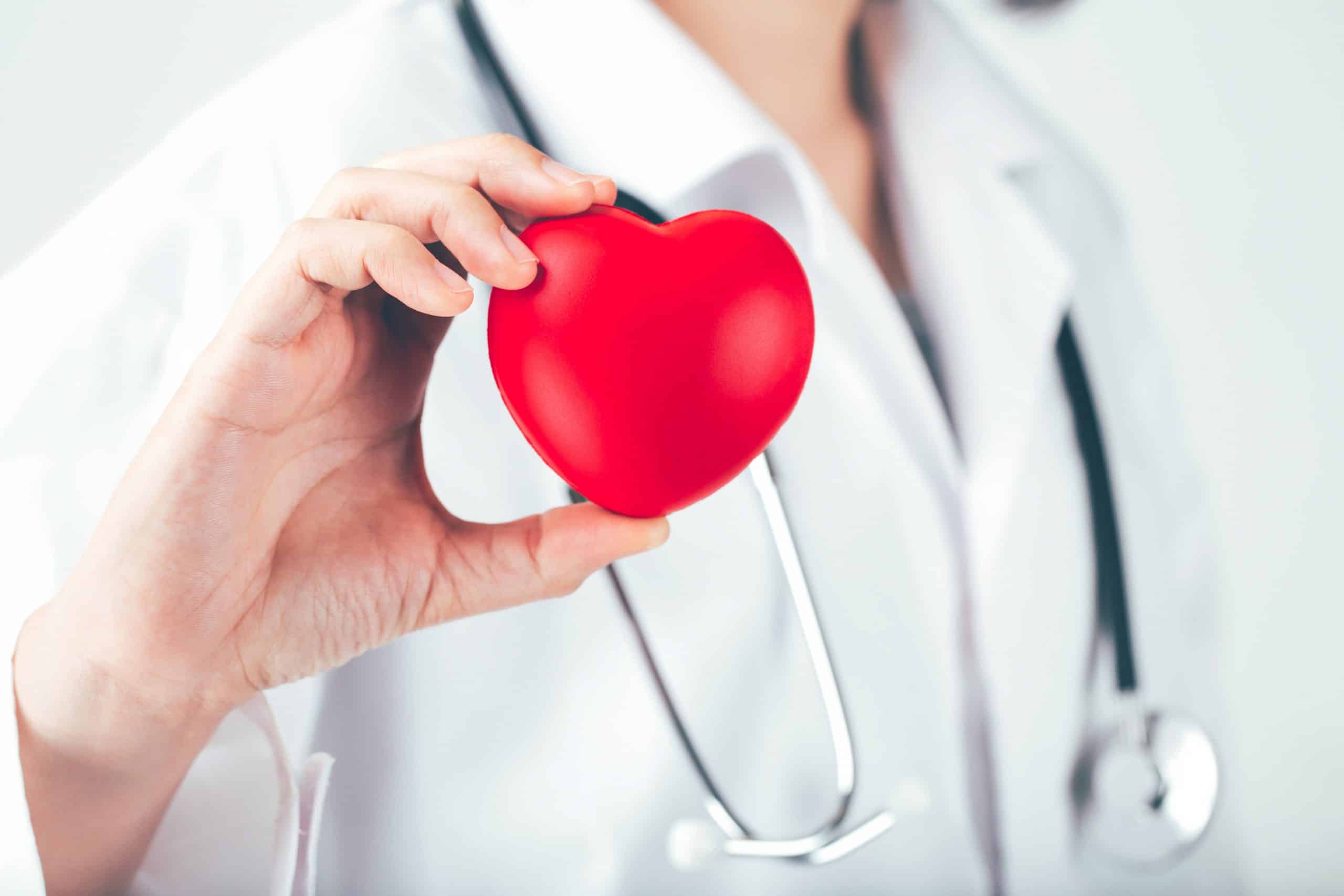Pacemaker including CRTD
Pacemaker is a small device that is implanted in the chest through a surgical procedure and helps to control the heartbeat. Pacemaker may be recommended by doctors on a temporary basis if patient is having bradycardia or slow heartbeat after a heart attack or surgery. It may also be implanted permanently for a chronic irregular or slow heartbeat or to treat heart failure.
Pacemakers are of three types:
- Single chamber pacemakers: They carry electrical impulses to the right ventricle.
- Dual chamber pacemakers: They carry electrical impulses to the right ventricle and right atrium.
- Biventricular pacemakers: They stimulate the right and left ventricles and make the heart beat more efficiently
What Pacemaker Does
Pacemakers work as and when required by sending electrical signals to correct the heartbeat when it is too slow. Recent pacemakers have sensors that can detect breathing rate or body motion. These can send the signals to the device to increase heart rate as needed during exercise.
Pacemakers have two parts, Pulse generator and Leads.
- Pulse generator: It is a small metal container having a battery and electric circuits that control the rate of electric impulses.
- Leads (electrodes): These are flexible insulated wires which are placed in the heart chambers and carry the electric impulses.
Tests to undergo
Doctors may prescribe the following tests to find out the reasons for irregular heartbeat before recommending pacemaker.
- Electrocardiogram
- Echocardiogram
- Holter monitoring
- Stress test
Cardiac Resynchronization Therapy Defibrillator (CRTD)
CRTD is a special device that functions like a normal pacemaker for treating slow heartbeat and also helps the heart to pump more efficiently by delivering electrical impulses to the left and right ventricles. A CRTD device is also used to treat arrhythmias or very fast heart rhythms and prevent sudden cardiac arrest

